“
Housing is the starting point of life. Have you ever thought about what future homes will look like? From American sci-fi movies and media reports, we can catch glimpses of some aspects of future smart home living.
”
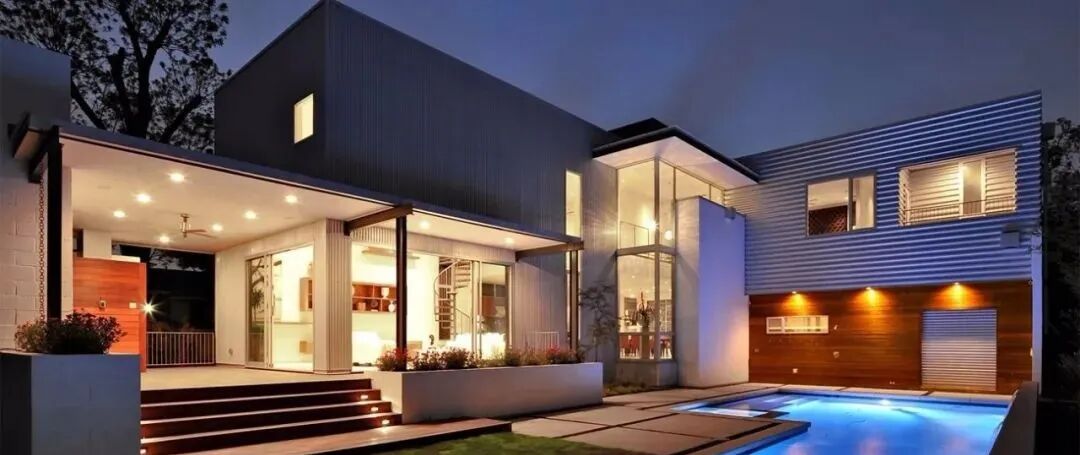
In the morning, soft music automatically plays and gradually increases in volume to wake you up, while the curtains open automatically, soothing music plays, and breakfast begins to cook automatically, with the news scheduled to play.
When leaving home, there’s no need to worry about whether the lights are off or the door is locked. While driving on the road, you can simply tap the remote control interface on your phone, and the smart home system will take care of everything for you; at the same time, the security system will arm itself. If any anomalies are detected, such as a gas leak, fire, or unauthorized entry, the system will automatically report to the community management center and send the situation to you at work.
Upon returning home, as the door lock is opened, the security system automatically disarms, corridor lights gently illuminate, and the air conditioning and fresh air system start up, with background music playing softly.
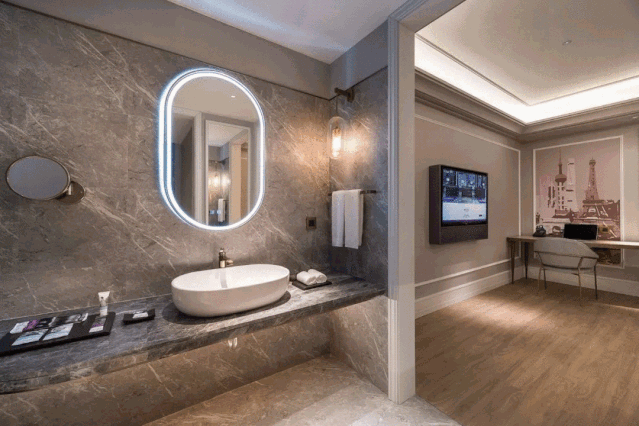
At home, you can control all appliances with just one remote. Every night, all curtains automatically close on schedule. Before sleeping, you can activate the “Good Night” mode on the bedside panel to control all the lights and appliances that need to be turned off, while the security system automatically enters a state of alert. Before you go out, just press one button (Away Scene) to turn off all the lights and appliances in the house…
The technology of smart homes that we dreamed of as children is becoming increasingly popular! In our current lives, many people are familiar with the term “smart home” and have used some smart home products, but very few have used a complete smart home system. How much do you know about smart home systems? What changes do they bring to our lives?

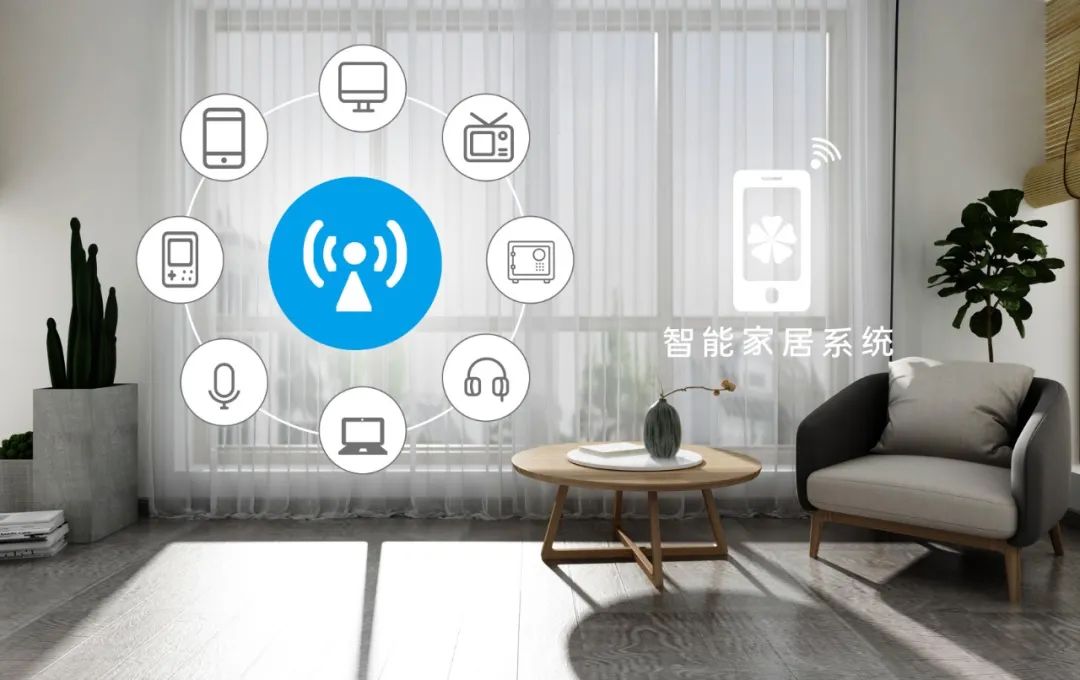
If smart home products are independent entities that help us meet specific needs;then smart home systems are a complete system that integrates all smart home products, enhancing our quality of life and work efficiency.
Currently, if you forget your keys while taking out the trash, or accidentally close the door while getting the newspaper, or if the hallway lights go out and you can’t find the keyhole, or if you return from the supermarket with your hands full and can’t spare a hand to unlock the door, these awkward little situations are common.
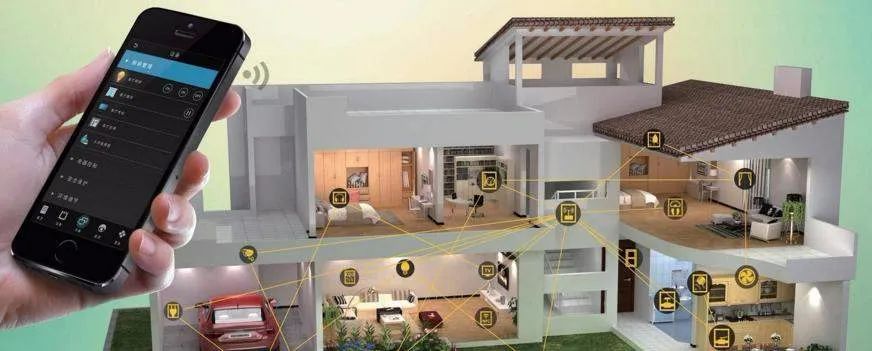
However, with the development of smart home living, you can easily open the door with a fingerprint, an app, or even voice recognition, along with a series of smart systems like smart lighting, smart curtains, and smart sockets, freeing you from the hassle of daily chores.
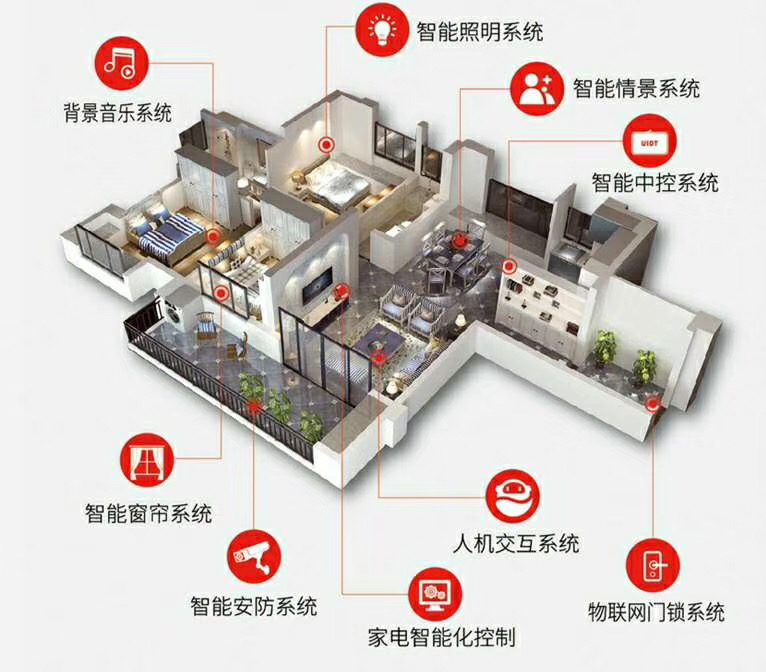
01. Smart Lighting
Smart lighting is a very important component of smart home systems, enriching our lives while saving energy. Smart lighting makes our lives more convenient.
The smart lighting system is a system for intelligent control and management of lighting. Compared to traditional lighting, it can achieve soft start, dimming, one-click scene settings, one-to-one remote control, and full on/off control of zoned lighting, and can be controlled through various methods such as remote control, timing, centralized control, and remote access, thus achieving energy-saving, environmental protection, comfort, and convenience.
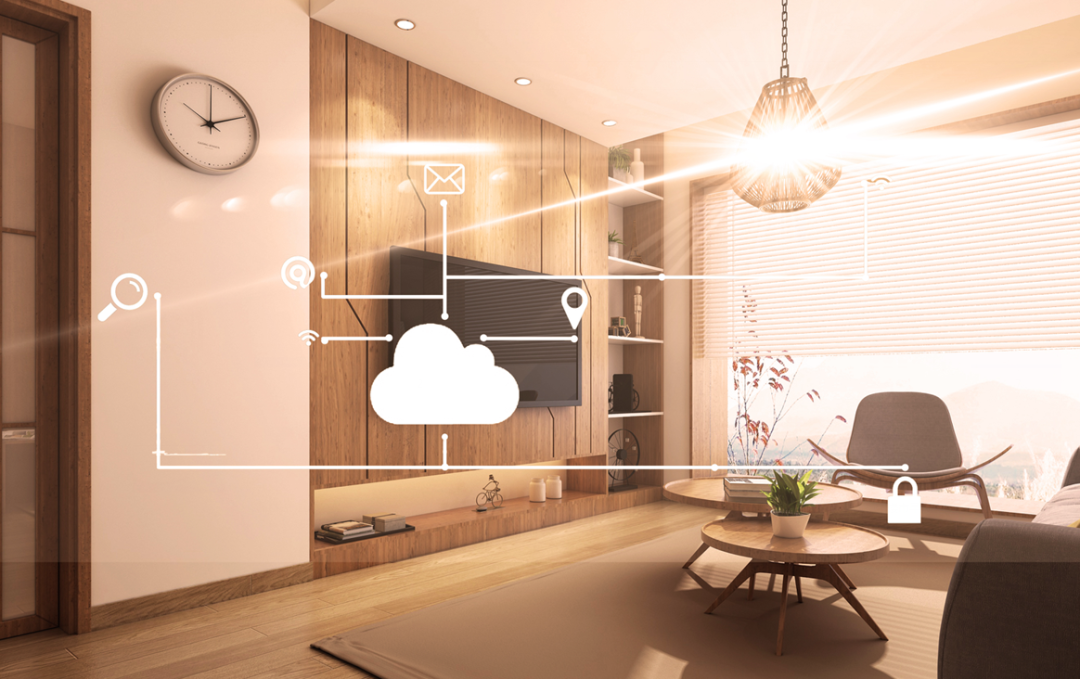
02. Smart Curtains
Smart curtains consist of a smart controller system that controls the opening and closing of the curtains, a wireless remote for operating and setting the main controller, and motors and mechanisms for drawing the curtains. There’s no need to manually pull the curtains; the smart home life scene can be activated, and the curtains can automatically open and close based on different situations, such as day or night, sunny or rainy.
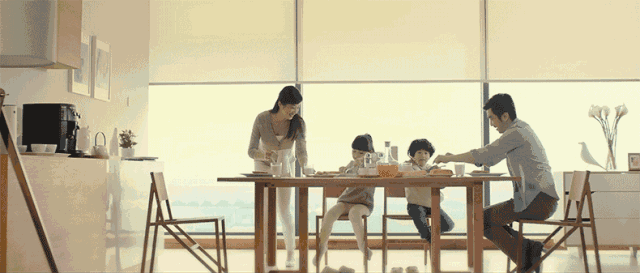
03. Smart Sockets
Smart sockets are a type of socket designed to save electricity. Unlike traditional sockets, they have USB ports and Wi-Fi connectivity, allowing you to control appliances in various smart ways. With an app remote control button, you can cut off power directly from your phone while sitting on the sofa or in bed; when you go out, you can turn off appliances with your phone without having to check each one individually, so you can leave without worry.
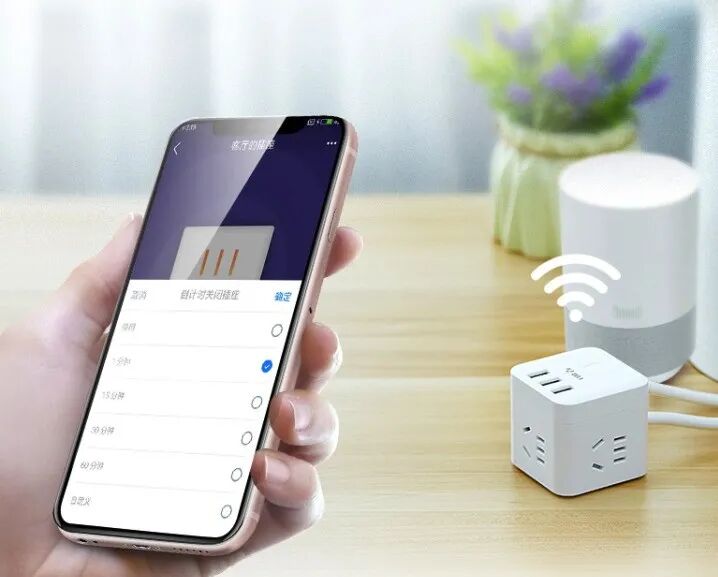
04. Smart Door Locks
Smart door locks are improved versions of traditional mechanical locks, designed to be more intelligent and convenient in terms of user safety, identification, and management. The door lock is the first line of defense for home security, ensuring the safety of you and your family and preventing unauthorized access.
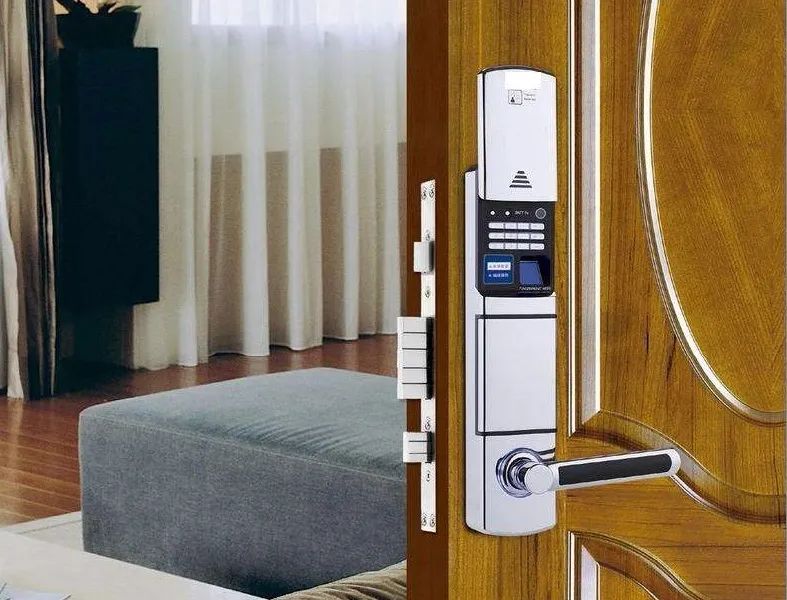
Smart door locks integrate fingerprint, password, Bluetooth, and NFC technologies, allowing for easy entry with fingerprint recognition; password input for a high-tech feel; and mobile unlocking for convenience; compatible with 90% of mainstream door lock structures on the market, easily establishing the first line of smart defense at home, known as “Safety No. 1.”
There are many smart home brands both domestically and internationally, each with its own advantages and disadvantages, making it difficult to compare when purchasing.The most important thing is that smart homes are not yet widespread; not many people use them, unlike smartphones, which everyone has, making it impossible to assess the smart home systems of different brands.We can only evaluate from multiple aspects, mainly focusing on the following six areas.
01
System Stability
The stability of a smart home system mainly includes the stability of the sub-control module products, system operation stability, wiring structure stability, integrated function stability, and operational time stability.System stability is a must-consider factor; if the stability of the smart system does not meet requirements, the system will frequently encounter various issues, ranging from simple to complex.
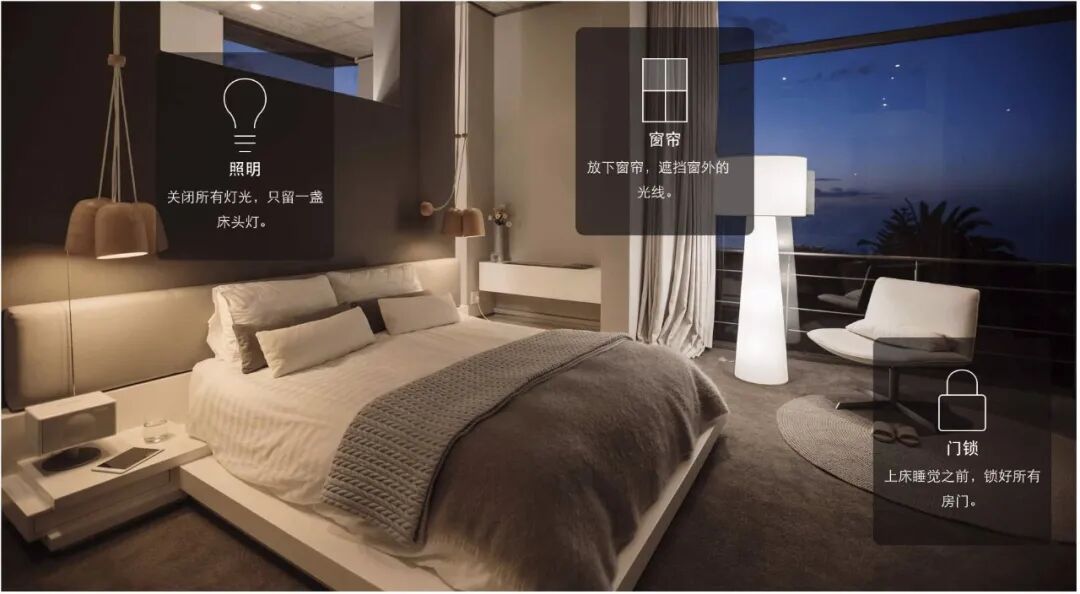
This series of problems will only bring us trouble, affecting our daily lives and preventing us from enjoying the benefits of smart home technology.
02
Function Integration
The core of smart home products includes communication protocols, system platforms, and environmental configuration schemes, with corresponding specific products such as security devices, lighting control devices, multimedia devices, etc., all centralized within the system.These devices connect and control each other through the system’s communication protocols, allowing for information exchange. If each device operates independently without centralized control, it becomes inconvenient for us to use.
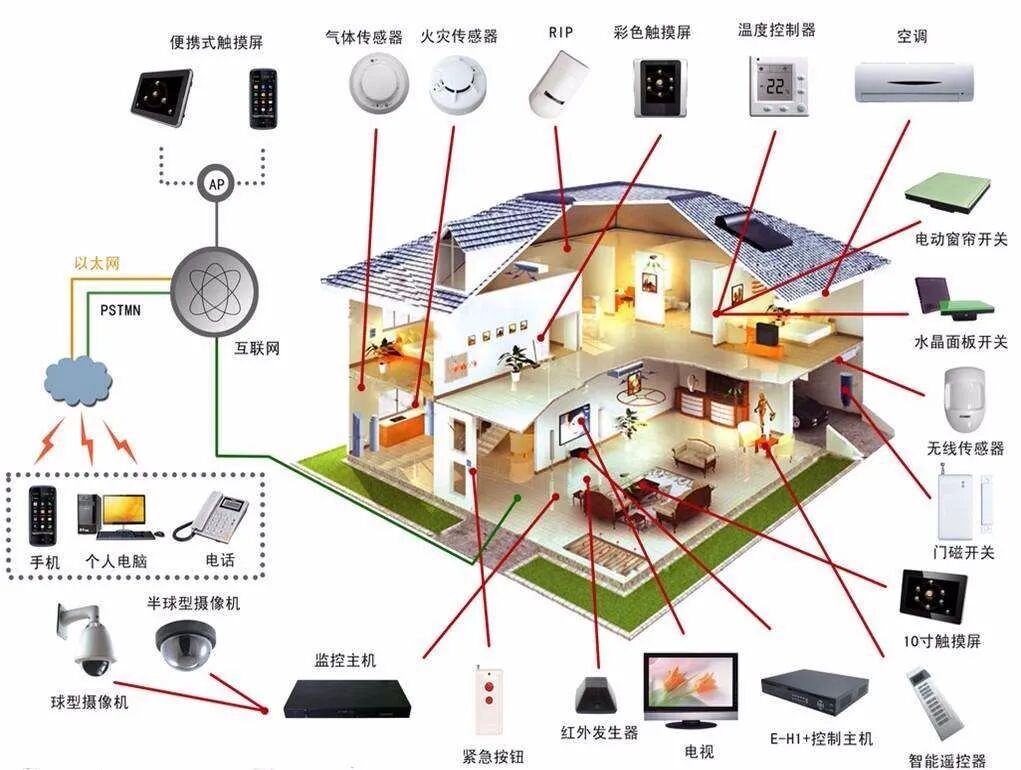
Some brands now promote single or multiple simple products as smart home solutions, but in reality, they lack centralized control.
03
System Simplicity
Generally, the simpler the configuration of a smart home system, the higher the overall integration of the system, and the higher the required technical content. Therefore, the simplicity of a smart home reflects the brand’s strength.
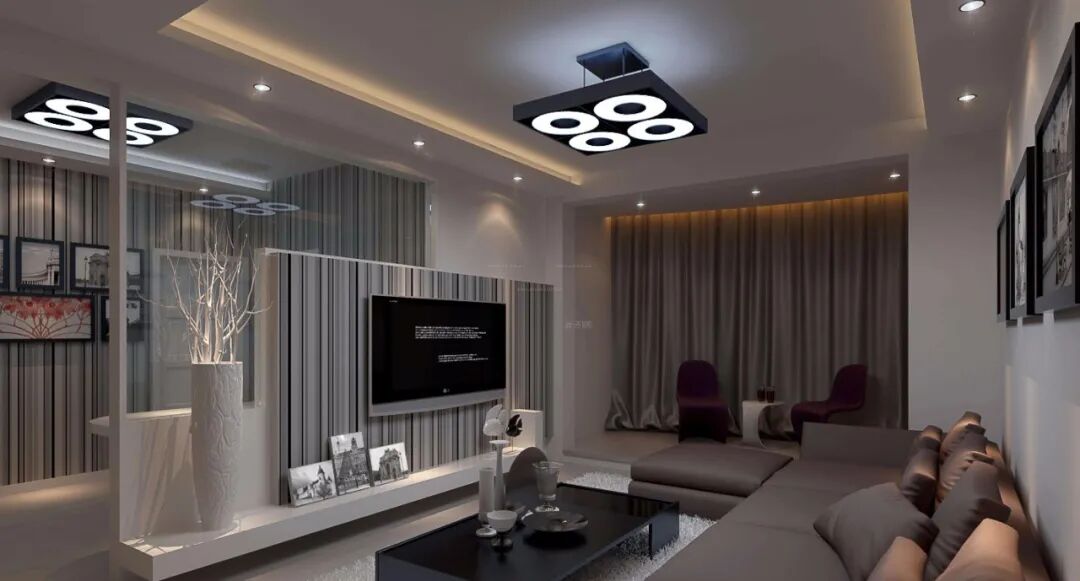
Here, simplicity refers to the number of modules required to achieve the same functionality, system capacity limitations, the number of devices controlled by each module, and the simplicity of wiring.
04
System Expandability
As mentioned earlier, smart homes are not yet widespread, so each brand’s technology varies, lacking corresponding standards.
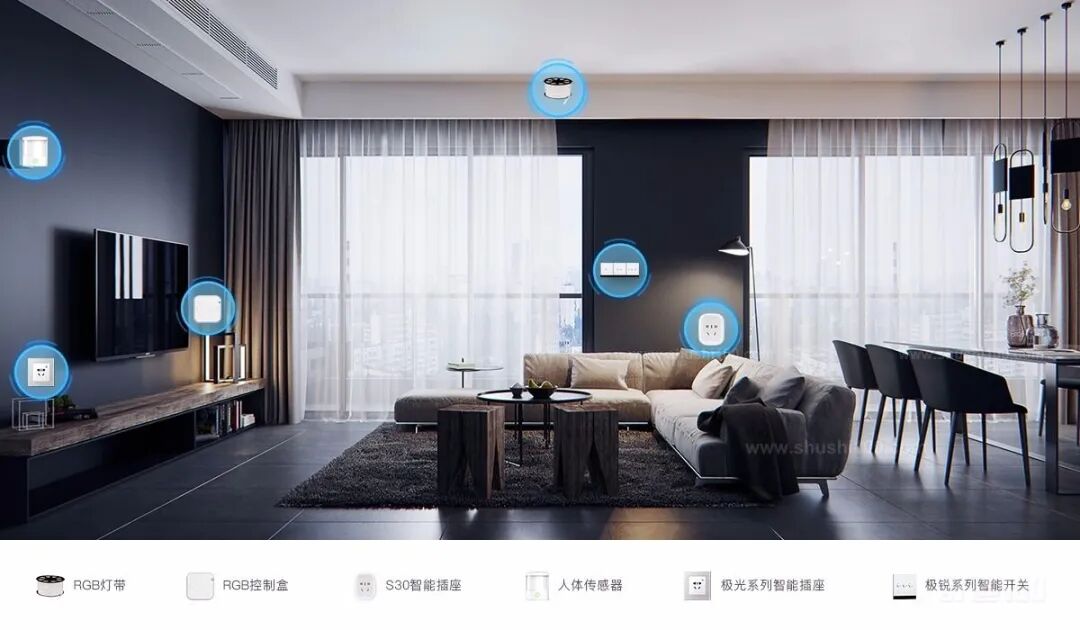
Moreover, the rapid development of smart home technology requires good compatibility in systems. Currently, mature international protocols include LonWorks, X-10, etc.
05
System Self-Protection
When a smart home system is attacked, what methods does the system use to protect its security and avoid data loss or privacy breaches?
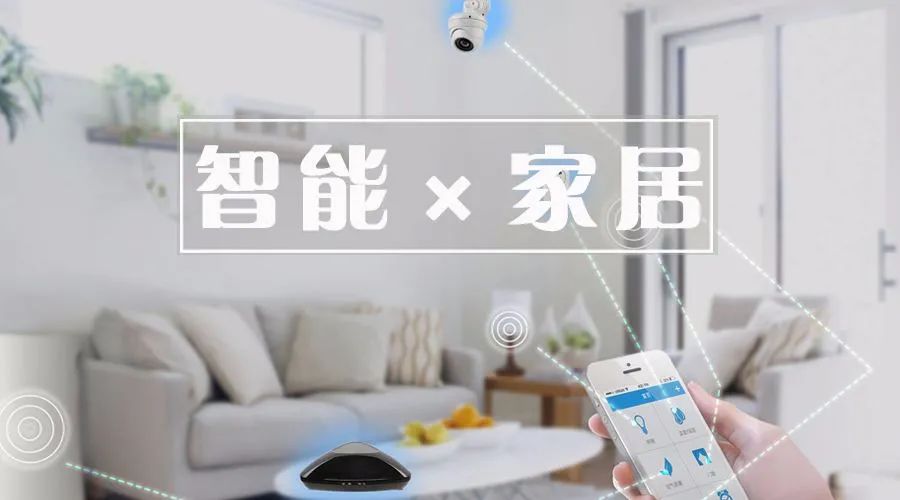
Some systems may attempt to shut down, but not all devices can stop running, such as electric meters.
06
System Applicability
When purchasing smart home systems, the most critical factor is to meet your own needs, considering the frequency of use for various functions and eliminating impractical features.Additionally, we need to consider whether the system’s user interface is smooth and comfortable, as well as user habits.
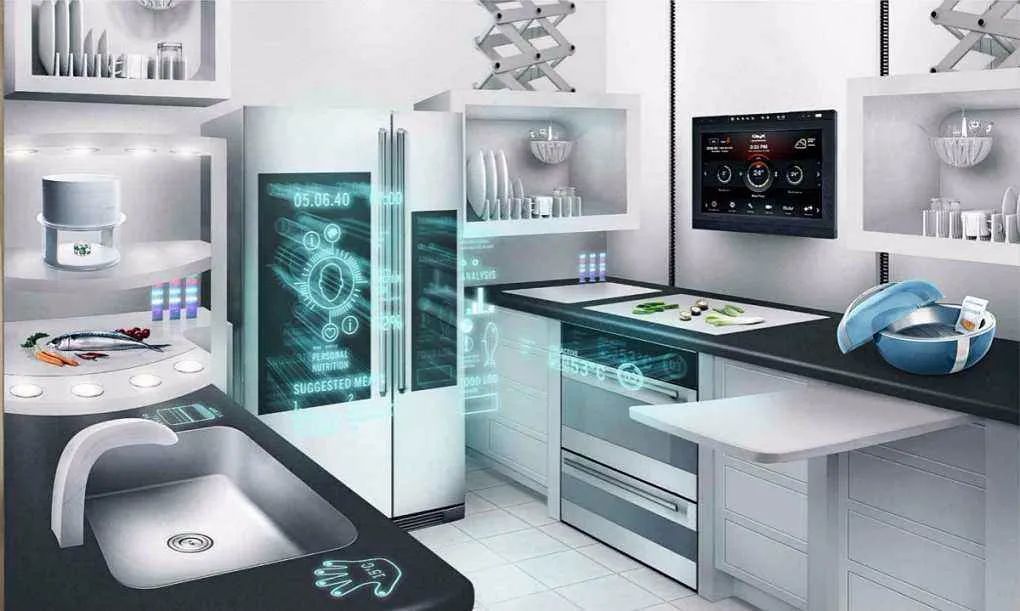
Typically, the more modules used in the entire system, the higher the complexity and cost, and the longer the usage time, the higher the likelihood of system failures, which also increases maintenance costs.
For those considering smart homes, you can comprehensively evaluate the system’s stability, simplicity, applicability, expandability, self-protection, and integrated control.
When considering the installation of a smart home system, it should be done simultaneously during the house renovation design.
* Note: Some materials sourced from Baidu Wenku
Images sourced from the internet, please delete if infringing!